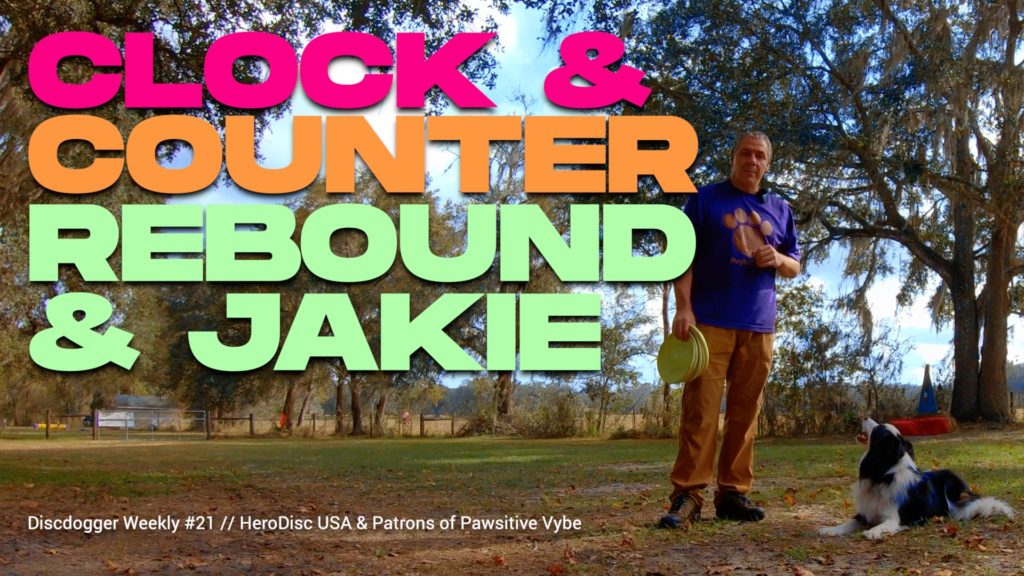
Clock & Counter Jakie & Rebound
For a long time I’ve been wanting to do Jakies in both directions. A Jakie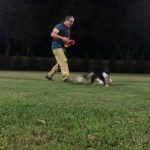 The Jakie is a trick where the dog intercepts the disc on the way to the handler's body and then uses the handler's body to safely and stylishly flip to land the trick.... More is a move where the dog leaps to catch the disc then rebounds off the body. It’s essentially a frontside rebound
The Jakie is a trick where the dog intercepts the disc on the way to the handler's body and then uses the handler's body to safely and stylishly flip to land the trick.... More is a move where the dog leaps to catch the disc then rebounds off the body. It’s essentially a frontside rebound A Reverse Vault is a vault in which the dog flips off the handler’s body. The Reverse Vault, aka Rebound, can be done off of any part of the body, and the part... More if you think of the move as a vault. FrontsideA term that means to catch before the handler or Before the trick. This is best illustrated in practice. A Stall behavior has a Frontside, before the dog lands on the human, and... More means the catch happens before the standard move…
A Reverse Vault is a vault in which the dog flips off the handler’s body. The Reverse Vault, aka Rebound, can be done off of any part of the body, and the part... More if you think of the move as a vault. FrontsideA term that means to catch before the handler or Before the trick. This is best illustrated in practice. A Stall behavior has a Frontside, before the dog lands on the human, and... More means the catch happens before the standard move…
Clock and Counter
It is common to desire clock and counter flips – Strong and Weak Flips are a fairly coveted trick. Many people spend lots of time trying to develop flips to both sides.
Both directions of Vaults and Rebounds are not often so seriously pursued, but they have always been interesting to me. My last two dogs have done Vaults in both directions, and Eppie has been taught to Rebound in both directions, although we don’t use the clockwise expression very often as it’s not his strong side.
We have clock and counter fakies (a rebound-like move with no disc or target) and use them pretty frequently as set up moves, but the Jakies in both directions have escaped us. Not any more, welcome to the future…
Trigger Problems
The big problem with these skills is getting a solid trigger. Solid, reliable triggers are extremely important to successful vaulting and stalls, and triggering skills on the handler’s weak side, with the non-dominant hand is a tough prospect.
In this video, I’m really struggling with the triggers for these skills. Eppie knows that the trigger for the vault is the presentation of the obstacle. This is easy on our strong side, but gets a bit hard for me on the weak side and adding the left hand just adds to the physical jumble.
Without the solid trigger Eppie also struggles as that is also his weak side, so we are doubly disadvantaged. This means that I have to step up and deliver a stronger, more clear trigger. This was identified in this video and experienced in shooting it, so we’re half way there.
On the Jakie I made a critical error and as a result had a bit of an Eureka! moment on the field and in the editing suite. If you watch the video closely, the trigger for the Jakie is the foot dropping back, and the bent leg communicates the direction of the flip off the handler’s body.
This works really well on the counter clock (strong flipping direction), and Eppie knows it so it works well and is a coherent, clear signal. When shifting to the clockwise direction, both Eppie and I’s weak side, I stuck with the body position for the strong side move on the first rep. We got it done, but after Eppie saw it once, it messed us up, and things kind of fell apart.
We had a few reps between where we struggled and I kind of realized what I was doing wrong, and the last rep in the video, the one that worked, you should notice that I switched the foot that stepped back on the weak side Jakie, and we got it.
We still need more work, but I feel like I figured out my problems and look forward to working out the kinks and popping off clock and counter Rebounds, Vaults, and Jakies in a routine. I think it will be pretty sweet and something that should separate us from the competition.





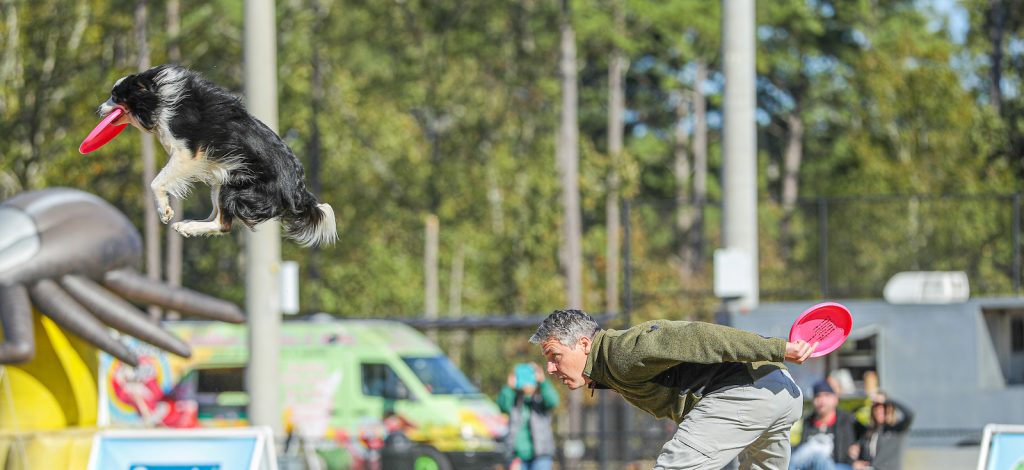
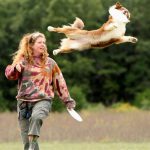
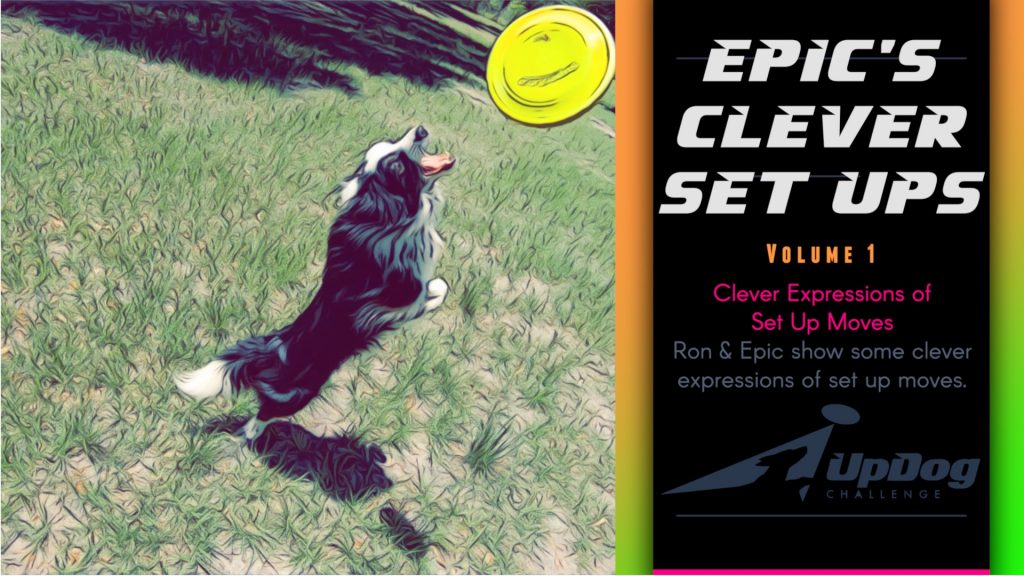


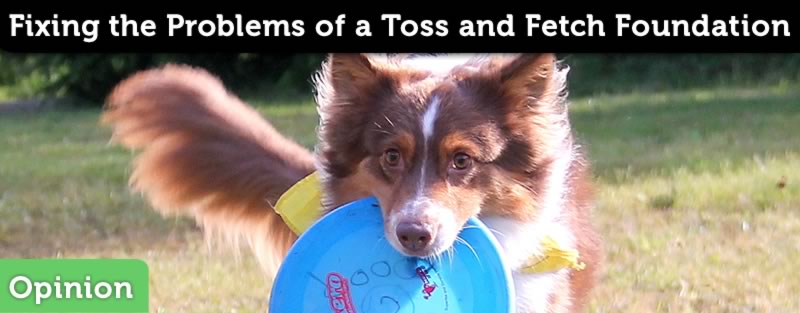
Responses